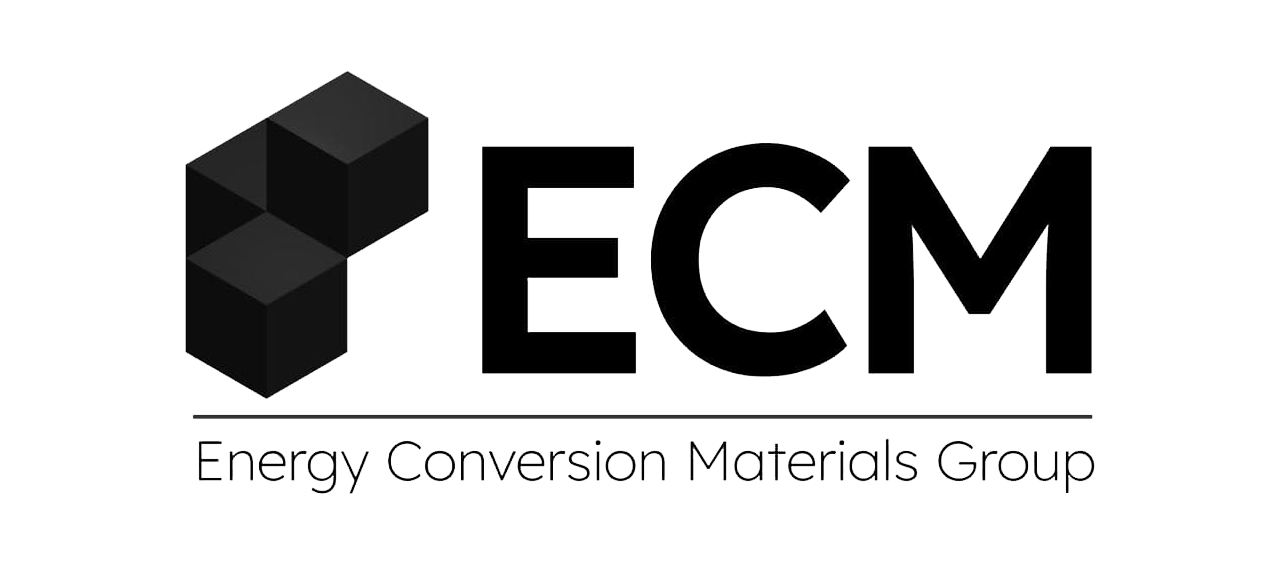Copper compounds
Copper sulfides and selenides Cu2X (X = S, Se)
Cu2S
High abundance of elements as well as low price, low toxicity and more than good thermoelectric properties made copper(I) sulphide Cu2S one of the most intensively studied superionic conductors among state-of-the-art thermoelectric materials in recent years. Growing world demand for energy and simultaneous depletion of natural resources such as coal, oil or natural gas, poses challenge to scientists searching for new forms of energy production and recovery. The latter can be partially achieved by employing devices taking advantage of thermoelectric effects - thermoelectric generators. The best conversion efficiency of such commercially available devices is about 5–7%. The thermoelectric efficiency is proportional to temperaturę difference between heat source and heat sink and to the value of the so called thermoelectric figure of merit ZT, defined as ZT = α2σλ-1T (α - Seebeck coefficient, σ - electrical conductivity, λ – thermal conductivity) - a material parameter, dependent solely on transport properties of a given thermoelectric material. Despite several phase transitions which Cu2S undergoes, numerous advantages listed above make it suitable for a use in thermoelectric generators at temperatures above 710 K.
Fig. 1. Anti-fluorite structure of α-Cu2S (T > 710 K), ideal (left) and real (right) structure. The blue and yellow balls represent Cu and S atoms, respectively [1].
As it was mentioned before, Cu2S belongs to superionic conductors, compounds where enhanced ionic migration results in common features of mass, heat and charge carriers transport, which can fit the concept of electron-liquid phonon-glass PLEC, which was developed by Liu et al. [2] and published in Nature Materials. The concept was created as a direct extension of the "phonon glass - electron crystal” (PGEC) idea proposed by Slack [3], successfully applied for the thermoelectric materials from e.g. skutterudite and clathrate groups [4]. PLEC concept assumes that mobile ions, usually cations, which can easily jump between different cationic crystal sites (thus the cationic sublattice can be regarded as “liquid”) interacts with phonons by absorbing their energy and thus effectively scattering them. As a result, phononic part of thermal conductivity is strongly reduced, leading to thermal conductivity of such material comparable to amorphous materials. Simultaneously, electronic transport through the more rigid crystal framework results in electrical conductivity typical for crystalline materials. Reduction of thermal conductivity without significant influence on electrical conductivity and thermopower should lead to an improvement of thermoelectric performance of the material by increase of thermoelectric figure of merit ZT.
Fig. 2. Temperature dependence of ZT parameter for Cu2S samples with a measurement error equal to 10%. [1].

